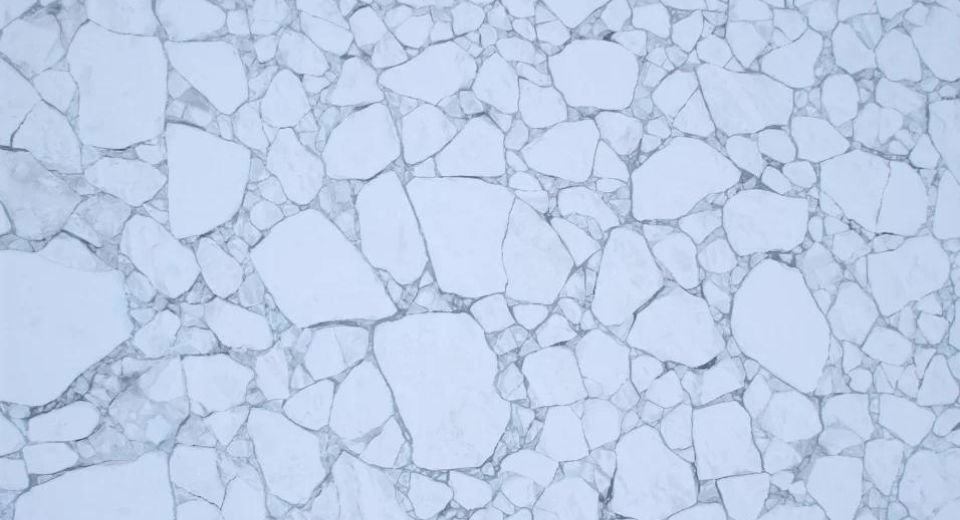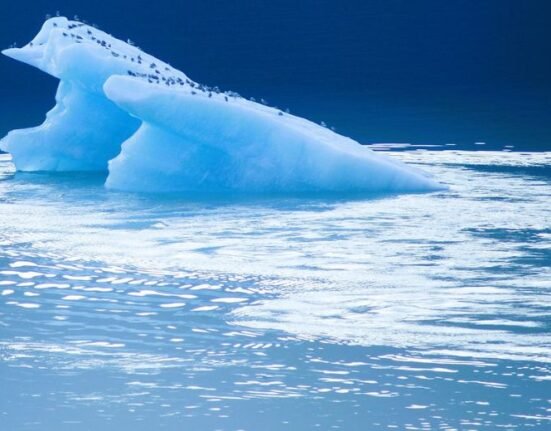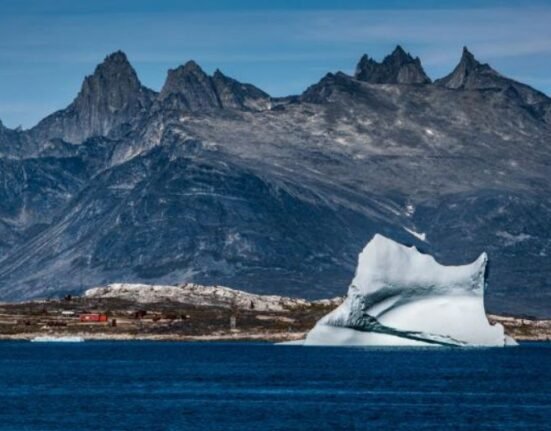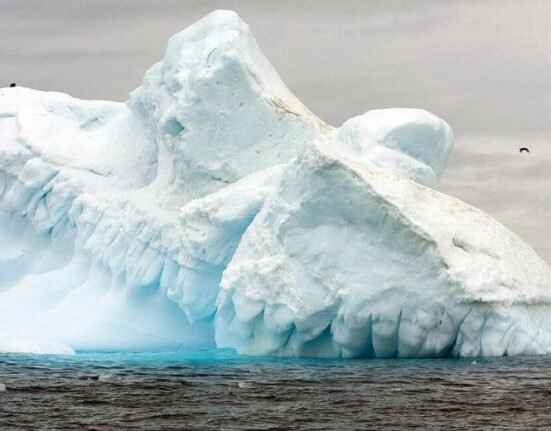HQ Team
March 3, 2024: A third consecutive year of record low sea ice levels in the Antarctic sea is “shocking” geologists and glaciologists say, even though a rapid loss of ice has been observed since the seventies.
On February 20, the minimum Antarctic sea ice extent was 1.99 million square kilometers (768,000 square miles). The three minimums set in 2022, 2023, and 2024 are the three lowest in the 46-year record.
The record low occurred last year, with the ice reaching 1.79 million square kilometres (691,000 square miles) on February 21, 2023, according to the National Snow and Ice Data Center.
Five of the lowest Antarctic sea ice extents have occurred since 2017. With this series of low years, the trend in Antarctic minimum extent is negative and “it is natural to speculate if this decline is significant,” according to a statement from the agency.
“Antarctica’s low sea ice extent in 2023 and culminating with this low 2024 minimum is nothing short of shocking,” said senior research scientist Ted Scambos of the Cooperative Institute for Research in Environmental Sciences.
Sea ice variability
“These consecutive lows have the potential to kick off real changes in ice sheet melting, snowfall on the ice sheet and warming of the surrounding ocean,” he said.
“But Antarctica has shown huge sea ice variability in the recent past. Connecting what we see in the sea ice with ocean changes is probably the key to understanding the cause, and the likelihood of persistence.”
A study involving researchers from the British Antarctic Survey, has found that significant thinning and retreat of the vast Thwaites Glacier began in the 1940s.
Thwaites Glacier is an unusually broad and vast Antarctic glacier located east of Mount Murphy, on the Walgreen Coast of Marie Byrd Land. It was initially sighted by polar researchers in 1940, mapped in 1959–1966 and officially named in 1967, after the late American glaciologist Fredrik T. Thwaites.
Accelerating ice loss has been observed since the 1970s, but it is unclear when this significant melting was initiated – until now.
‘External climatic driver’
“These results coincide with previous work that found the Pine Island Glacier also began its retreat at this time. Climate models indicate that anthropogenic warming has increasingly driven West Antarctic ice loss since that time, and has prevented these glaciers from recovering,” according to the study.
James Smith, a marine geologist at the British Antarctic Survey said: “Our previous work in 2016 provided the first direct evidence that neighbouring Pine Island Glacier started to retreat in the 1940s.
“However, that was just one glacier draining into the huge Amundsen Sea Embayment. Now that we know Thwaites Glacier also started to retreat around the same time is significant. It demonstrates that glaciers in this area were responding synchronously to an external climatic driver.”
Julia Wellner, US lead investigator of the Thwaites Offshore Research project said the two glaciers remained in significant retreat even though El Niño lasted for a couple of years. El Niño warmed the west Antarctic region.
Since El Niño, the authors say, the glacier has not recovered and is currently contributing to 4% of global sea-level rise.
“The glacier is significant not only because of its contribution to sea-level rise but because it is acting as a cork in the bottle holding back a broader area of ice behind it,” Wellner said.
$180 billion a year
Other experts such as Rachel Clark, lead author, of the study said it was part of the larger context of a changing climate. “You just can’t ignore what’s happening on this glacier.”
Their findings also make it clear the retreat at the glaciers’ grounding zone, or the area where the glaciers lose contact with the seabed and start to float, was due to external factors.
A study by researchers at the University of Tasmania put the economic value of Antarctica at $180 billion a year.
Some services provided by Antarctica and the Southern Ocean are invisible. For example, the Southern Ocean absorbs carbon dioxide from the atmosphere, and ice in the region reflects heat. These processes help regulate Earth’s climate, it stated.
Other benefits provided by the Antarctic region are more visible. For example, humans rely on toothfish and krill for food, pharmaceuticals and dietary supplements. A warmer and more acidic Southern Ocean would affect fish stocks – both in the region and elsewhere – and some species may become extinct.
The Antarctic ice sheet contains 30 million cubic kilometres of ice. If that ice melted as a result of global warming, the effects on coastal communities around the world would be catastrophic.
‘Difficult region to observe’
The variability of Antarctic sea ice is high, making it challenging to place the current low sea ice conditions into context, said Dr Ariaan Purich, a Chief Investigator with Securing Antarctica’s Environmental Future.
“The satellite observational record only began in November 1978, so it’s difficult to disentangle decadal variations in sea ice with long-term climate change,” said Ariaan, who is also a lecturer in the School of Earth, Atmosphere and Environment at Monash University.
The Southern Ocean was a notoriously difficult region to observe — meaning measurements of sea ice thickness and ocean conditions underneath the sea ice are sparse, limiting process-based understanding of what’s driving sea ice change, she said.
“To be able to adapt to future climate change, we urgently need to prioritise Antarctic research. And, as always, we also need to urgently cut our emissions.”








